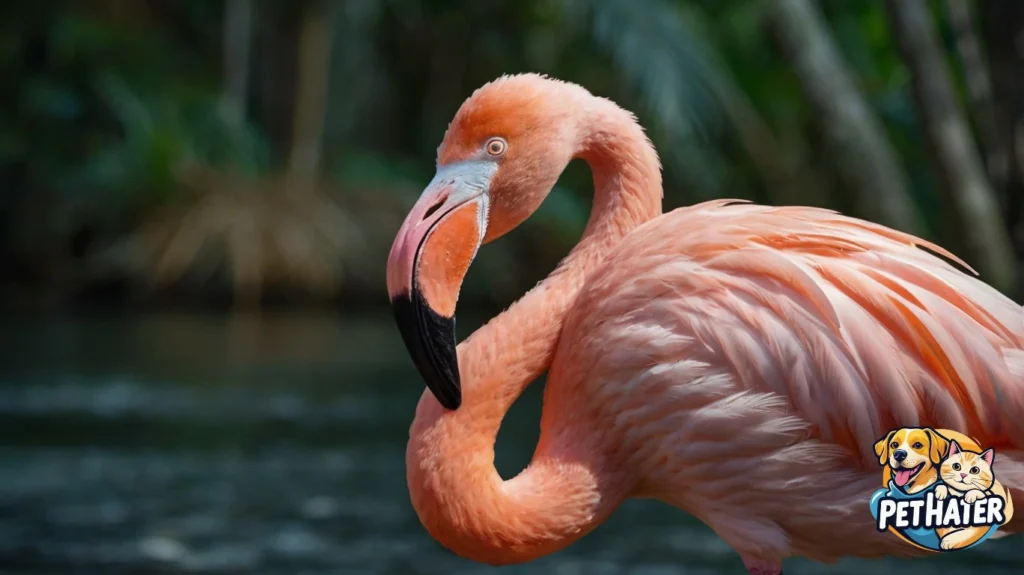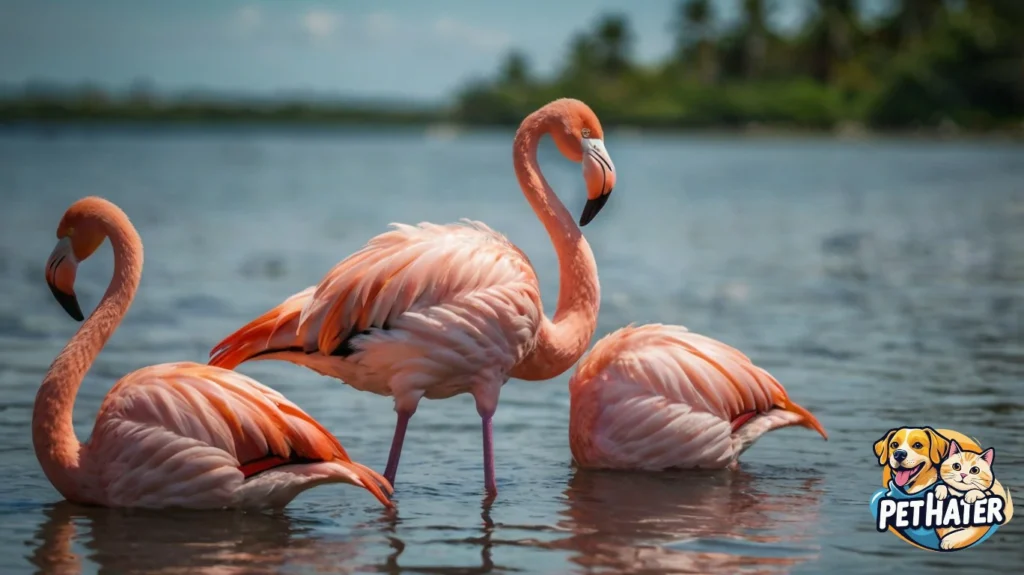Introduction to the Flamingo bird
Flamingos are among the most recognizable birds in the world, known for their long legs, curved necks, and vibrant pink feathers. These fascinating creatures are not only beautiful but also play an important role in their ecosystems. In this article, we’ll explore everything you need to know about flamingos, from their habitats and diet to their behavior and symbolic meaning.
Whether you’re a bird lover, a curious traveler, or simply fascinated by nature, this in-depth guide will give you a deeper appreciation of flamingos.
What Is a Flamingo?
Flamingos are wading birds belonging to the family Phoenicopteridae. There are six species of flamingos:
- Greater flamingo (Phoenicopterus roseus)
- Lesser flamingo (Phoeniconaias minor)
- Chilean flamingo (Phoenicopterus chilensis)
- Andean flamingo (Phoenicoparrus andinus)
- James’s flamingo (Phoenicoparrus jamesi)
- American flamingo (Phoenicopterus ruber)
These birds are found in parts of Africa, Asia, the Americas, and Europe, depending on the species. They usually live near lagoons, lakes, and mudflats—especially those with salty or alkaline water.

Why Are Flamingos Pink?
One of the most common questions people ask is: Why are flamingos pink?
Flamingos aren’t born pink; they are actually gray or white when they hatch. Their pink or reddish color comes from their diet, which is rich in carotenoids—pigments found in algae and small crustaceans like shrimp. These carotenoids are broken down in the flamingo’s liver and deposited in the feathers and skin, giving the birds their signature hue.
Interestingly, flamingos kept in zoos sometimes lose their color if their diet isn’t properly supplemented with carotenoids.

Flamingo Habitat and Distribution
Flamingos live in a variety of environments, but they typically prefer:
- Shallow lakes and lagoons
- Salt pans and mudflats
- Estuaries and mangroves
Some notable flamingo habitats include:
- The Great Rift Valley lakes in East Africa (for Lesser flamingos)
- The Altiplano region in South America (for Andean and James’s flamingos)
- The Caribbean islands and Galápagos Islands (for American flamingos)
- The Mediterranean coast and parts of India (for Greater flamingos)
Flamingos are social birds and live in colonies that can range from a few dozen to tens of thousands of individuals.

What Do Flamingos Eat?
Flamingos are filter feeders. Their diet consists mainly of:
- Blue-green algae
- Diatoms (a type of phytoplankton)
- Small crustaceans like brine shrimp
- Aquatic insects and larvae
They feed by stirring up the mud with their feet and then using their uniquely shaped beaks to filter out food from the water. Their beaks are equipped with comb-like structures called lamellae that help trap food while expelling water and mud.

Unique Flamingo Behavior
1. Social Living
Flamingos are highly social and often live in massive flocks. This helps them:
- Avoid predators
- Find food more efficiently
- Synchronize breeding behavior
2. Mating and Nesting
During mating season, flamingos perform synchronized dances, stretching their necks, flapping their wings, and moving in unison to attract mates. Once paired, a flamingo couple builds a mud nest in which the female lays a single egg.
Both parents take turns incubating the egg and feeding the chick after hatching.
3. Feeding Upside Down
Flamingos have a unique way of eating—they often turn their heads upside down in the water. This position allows them to use their specially adapted beaks to filter out food more effectively.

Flamingo Lifespan and Predators
In the wild, flamingos can live for 20 to 30 years, while in captivity they may live up to 50 years. Their main predators include:
- Birds of prey like eagles and vultures
- Wild cats and jackals
- Humans, especially due to habitat destruction and illegal hunting
Eggs and chicks are also vulnerable to snakes and other ground predators.

Flamingos in Culture and Symbolism
Flamingos hold cultural significance in many parts of the world. They are often associated with:
- Beauty and grace
- Balance and calmness
- Transformation and self-expression (due to their color changes)
In popular culture, the flamingo has become a symbol of exotic elegance. You’ll see flamingos featured in art, fashion, and even lawn decorations.
In ancient Egyptian mythology, flamingos were considered sacred and associated with the sun god Ra.

Conservation Status
Some species of flamingos are considered vulnerable due to:
- Habitat loss
- Pollution
- Climate change
- Disturbance from tourism
For example, the Andean flamingo is listed as Vulnerable by the IUCN, while the James’s flamingo is considered Near Threatened. Conservation efforts focus on:
- Protecting wetlands
- Monitoring populations
- Regulating tourism in sensitive areas

Fun Flamingo Facts
- Flamingos can sleep while standing on one leg.
- They often stand on one leg to conserve body heat.
- Flamingos produce a special “crop milk” to feed their young—both males and females.
- A group of flamingos is called a flamboyance.
- Flamingos can fly at speeds of up to 37 miles per hour (60 km/h) and travel hundreds of miles during migration.
Final Thoughts
Flamingos are much more than just beautiful birds. They are ecological indicators of healthy wetland environments, and their unique behaviors and biology make them one of the most captivating species on Earth.
Whether admired in the wild or in protected sanctuaries, flamingos remind us of the delicate balance of nature and the importance of conservation. By learning more about these graceful birds, we can appreciate their role in our world and ensure their future for generations to come.
